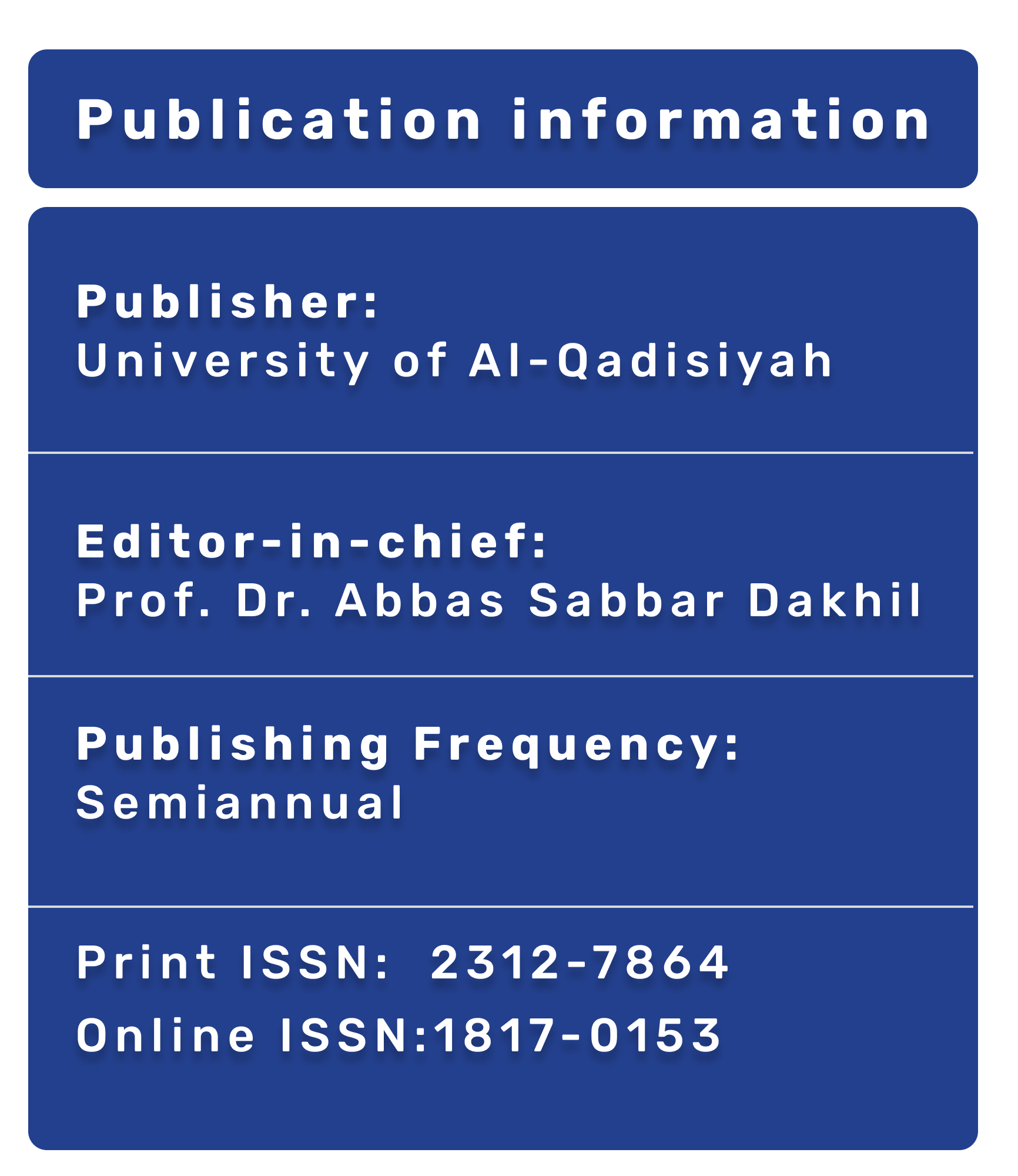Neutrophil to lymphocyte ratio & cervical length for prediction of spontaneous preterm delivery in threatened preterm labour
DOI:
https://doi.org/10.28922/qmj.2015.11.19.232-241Keywords:
Neutrophil to lymphocyte ratio, cervical length, preterm delivery, threatened preterm labourAbstract
Background: Being able to predict preterm birth is important, as it may allow a high-risk population to be selected for future interventional studies. As inflammation represents a crucial pathogenic process of preterm delivery, the aim of this study is to define the role of serum inflammatory markers in the prediction of spontaneous preterm delivery & to combine these markers with cervical length to increase the diagnostic accuracy.Methods: Eighty pregnant women with threatened preterm labour (group I) were compared with 40 women at term (group II (, subdivided into 2 subgroups (20 of them were not in labour & the other 20 were in labour). Neutrophils to lymphocytes ratio (NLR) & C-reactive protein (CRP) level were measured & compared for all study subjects. For group I, transvaginal cervical length was measured & combined marker (defined as NLR divided by the cervical length) was estimated & they were subdivided into: (group Ia) who delivered before 37 weeks (n=30) & (group Ib) who delivered at term (n=50.)
Results: The levels of NLR (P<0.001), CRP (P<0.016) in group Ia were significantly different from those in group Ib & they were also significantly higher in group IIa than in group IIb (P<0.001). The cervix length (P< 0.001) & combined marker (P<0.001) in group Ia were significantly different from those of group Ib. It has been shown that the combined marker has higher sensitivity (65%) & specificity (87%) for prediction of preterm delivery, as compared to cervical length or systemic inflammatory markers each alone .
Conclusions Combined marker is useful for identifying women at risk of preterm delivery in patients with threatened preterm labour .








